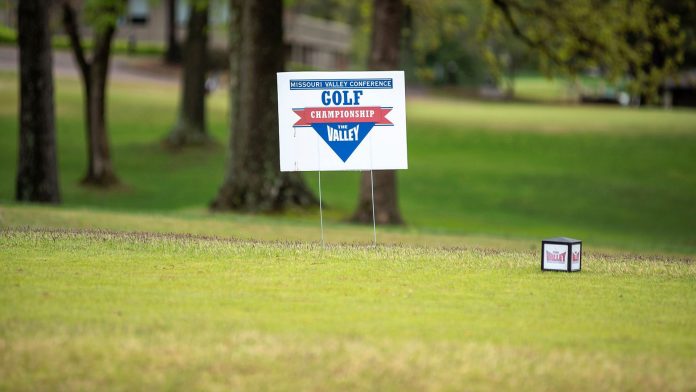Local Groups Work To Lower Pandemic’s Sharp Increase In Domestic Violence
- By Ariana Lovitt, TheStatehouseFile.com
- Â
INDIANAPOLIS—As the first stay-at-home orders for COVID-19 were called for in March 2020, many Hoosiers found themselves overwhelmed with new stressors. Staying at home and social distancing became a challenge to many. Unemployment rates rose. And domestic violence saw a new high
In the U.S., there was an 8.1% estimated increase in domestic violence and abuse due to COVID lockdown regulations. In the state of Indiana alone, there was a reported 113% increase in domestic homicide rates from 2020 to 2021, according to an article from WTHR. It is believed that this number may potentially be higher due to misrepresented or unreported deaths.
“The stress of COVID exacerbated domestic violence when folks were losing their jobs, finances were tight, children were being homeschooled and alcohol use increased,†said Kelly McBride, director of the Domestic Violence Network. “None of these cause domestic violence but are certainly a correlation of domestic violence.â€
The Domestic Violence Network helps Hoosiers in need when it comes to education, collaborating with law enforcement, and advocating for local policy changes.
Another local group with a similar mission is the Indiana Coalition Against Domestic Violence (ICADV). Caryn Burton, the organization’s training director, handles legal concerns and assistance with domestic abuse victims.
“Our primary focus at the coalition is around violence prevention,†Burton said. “We’re talking about things like housing as violence prevention, looking at economic stability, financial stability as violence prevention, and really working to build those collaborations that will … allow communities as a whole and individuals within those communities to walk away from violence and not choose to use violence with their partner.â€
In terms of potential roadblocks, many victims do not have the freedom or ability to immediately leave a bad situation, or leaving one may lead to issues such as financial instability or lack of housing. Many abuse survivors also face stigma or blame for their actions as victims. As a result, ICADV has launched a campaign focusing on handling the effects of victim-blaming.
“There are always people who blame the victim, blame the survivor for the violence that they have been subjected to,†Burton said. “Obviously the No. 1 rule is that just leaving is the hardest and the most dangerous thing that survivors can do. They have to be ready. They have to have economic resources, they have to have the social and support resources to be able to do that.
“It’s not just about walking out the door. It’s about being able to stay gone.”











